Cuban street food is not just a feast for the taste buds; it’s a canvas for the country’s rich history and a testament to its resourceful spirit. These dishes, born from a blend of Spanish, African, and Caribbean flavors, offer a glimpse into the soul of Cuba. They’re a source of nourishment, yes, but also of comfort and community.
As we introduce you to the likes of tostones and croquetas, we’ll also highlight the imaginative ways Cubans have turned simple ingredients into culinary masterpieces and the significance these Cuban Street Foods hold in bringing people together.
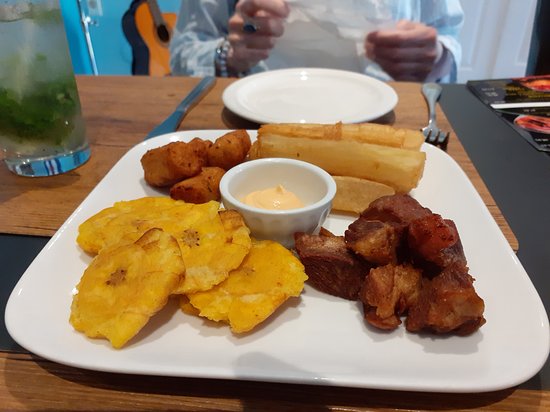
Moreover, Cuban street food offers unexpected health benefits. The use of fresh, local produce and traditional cooking methods often results in meals that are not only flavorful but also nutritious. Staples like plantains, black beans, and rice provide essential vitamins and fiber, while the communal aspect of street food culture encourages sharing and moderation. Through this guide, we’ll explore how these vibrant Cuban Cuisines contribute to a balanced diet, making them a delicious and wholesome part of Cuban life.
The Heart of Cuban Streets
Tostones: Twice-Fried Plantain Delight
Tostones are a beloved snack in Cuba, made from unripe plantains that are sliced, fried, smashed, and fried again until they reach a perfect golden crisp. They’re often served with a sprinkle of salt and a side of garlic sauce or mojo—a zesty combination of garlic, olive oil, and citrus juice.
This dish is not just a treat for the palate; it’s a symbol of Cuban ingenuity, transforming the humble plantain into a versatile and satisfying snack.
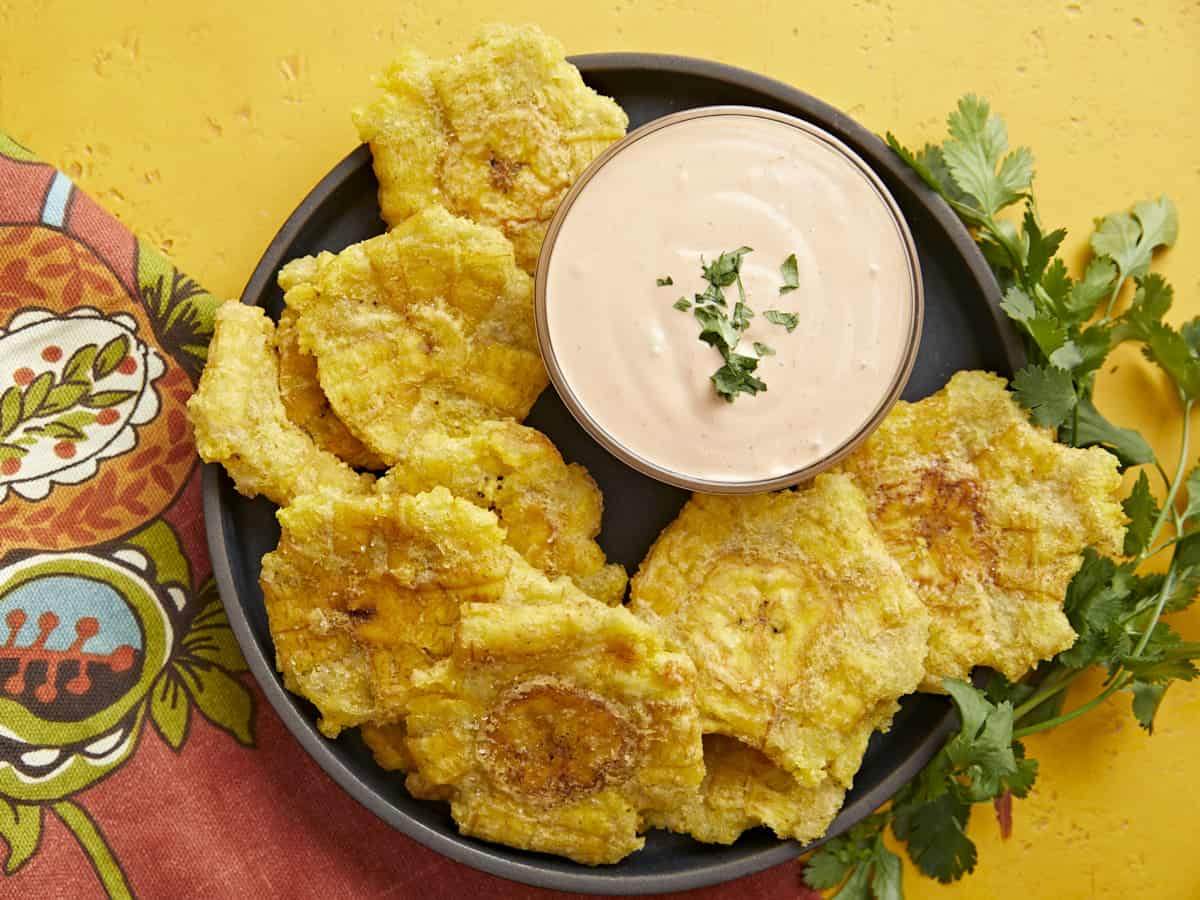
Croquetas: Savory Bites of Comfort
Croquetas are the ultimate comfort food, with a crispy breadcrumb exterior giving way to a soft, savoury filling. Typically made with ham, chicken, or fish, these little rolls are a staple at family gatherings and street-side cafes alike.
They’re a testament to the Cuban tradition of resourcefulness, making use of leftovers to create something deliciously new. Croquetas are more than just food; they’re a reminder of home and heritage.
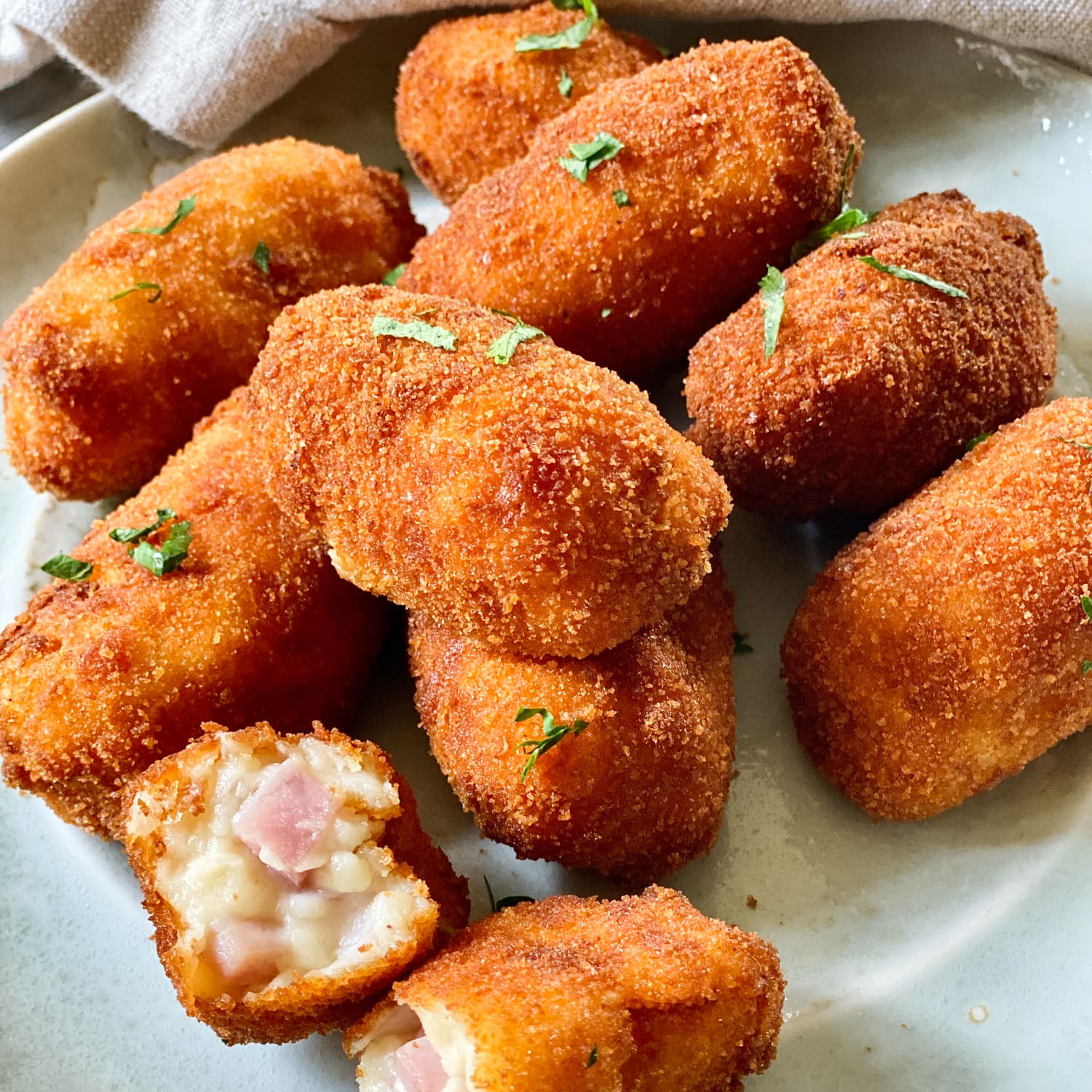
Flavors of the Island
Ropa Vieja Sandwich: A Twist on the Classic
Ropa Vieja, which translates to “old clothes,” is a hearty Cuban stew made with shredded beef, bell peppers, onions, and tomatoes. But wait, there’s more! Imagine all that rich, savoury goodness tucked between slices of crusty bread—the Ropa Vieja Sandwich. It’s a handheld delight that combines tradition with innovation. Let’s explore:
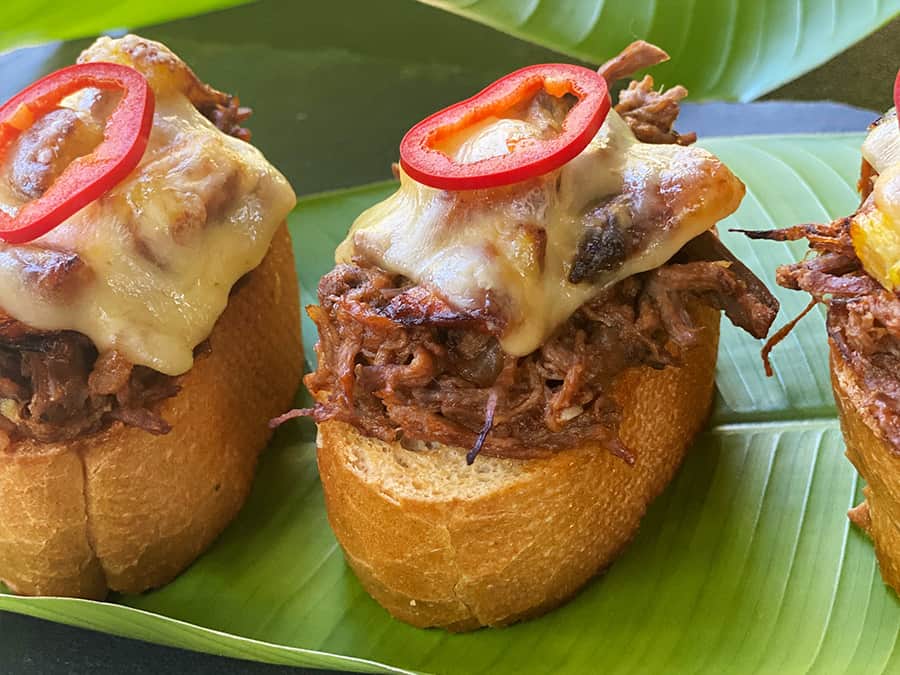
Simplified Recipe for Home Cooks
- Ingredients:
- Shredded beef (leftover from making ropa vieja)
- Crusty bread (think baguette or Cuban bread)
- Sliced bell peppers and onions
- Tomato slices
- Garlic aioli (garlicky mayo)
- A sprinkle of fresh cilantro
- Assembly:
- Toast the bread until golden.
- Layer the shredded beef, bell peppers, onions, and tomato slices.
- Drizzle with garlic aioli.
- Top with cilantro.
- Close the sandwich and take a big, flavorful bite!
The Story Behind the Sandwich
The Ropa Vieja Sandwich isn’t just about taste; it’s a nod to Cuba’s resilience. Legend has it that a poor man, unable to afford a proper meal, took his leftover ropa vieja and transformed it into this sandwich. The result? A portable feast that satisfied both hunger and spirit. Today, it’s a beloved street food—a reminder that resourcefulness can turn “old clothes” into something extraordinary.
Picadillo Empanadas: A Handheld Cuban Street Foods
Picadillo is a spiced ground beef mixture simmered with onions, garlic, raisins, and olives. Now imagine this flavorful filling encased in a golden, flaky pastry—the Picadillo Empanada. These little turnovers are a staple at family gatherings, picnics, and street markets. Here’s a taste:
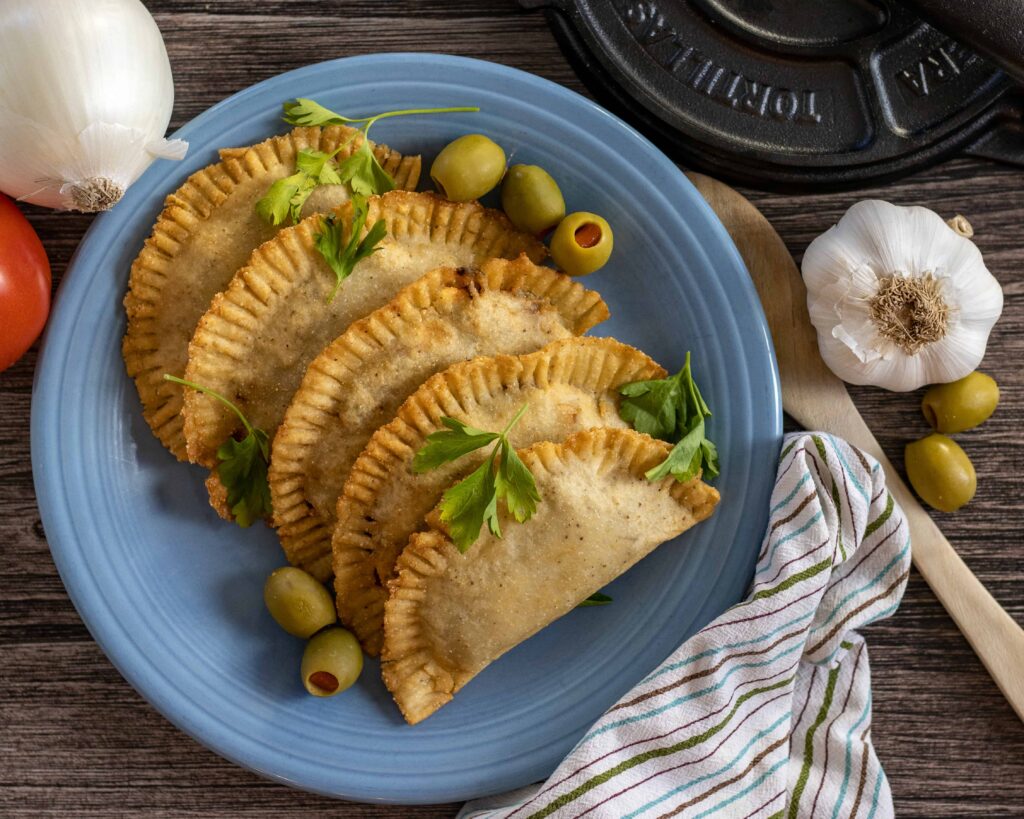
Easy-to-Follow Recipe
- Ingredients:
- Prepared empanada dough (store-bought or homemade)
- Picadillo filling (see above)
- Beaten egg (for brushing)
- Assembly:
- Roll out the empanada dough.
- Spoon picadillo filling onto one half of the dough circle.
- Fold the other half over, creating a half-moon shape.
- Seal the edges by pressing with a fork.
- Brush with beaten egg for a shiny finish.
- Bake until golden and irresistible.
Empanadas and Cuban Celebrations
Empanadas are more than just a snack; they’re a symbol of togetherness. Whether shared during a birthday party, a holiday, or a simple afternoon chat, these handheld feasts bring people closer. The flaky crust holds not only picadillo but also memories—the laughter, the music, and the warmth of Cuban hospitality.
Sips and Sweets
Cuban Coffee: More Than Just a Drink
Cuban coffee isn’t your average cup of joe. It’s a bold, concentrated elixir that fuels conversations, friendships, and early mornings. Here’s what makes it special:

Brewing the Perfect Cup
- Ingredients:
- Dark-roasted coffee beans (preferably Cuban)
- A stovetop espresso maker (moka pot)
- Demerara sugar (optional)
- Process:
- Grind the coffee beans to a fine consistency.
- Fill the moka pot’s bottom chamber with water.
- Add the coffee grounds to the filter.
- Assemble the pot and place it on low heat.
- Listen for the delightful hiss as the coffee brews.
- Pour into small cups, adding sugar to taste.
- Sip slowly and savour the robust flavour.
Coffee’s Place in Cuban Society
Cuban coffee isn’t just about caffeine; it’s a social ritual. Picture a bustling Havana street corner, where locals gather at tiny cafés, sharing stories over tiny cups of cafecito. It’s a moment to pause, connect, and appreciate life’s simple pleasures. So, whether you’re in Cuba or in your own kitchen, let the aroma of freshly brewed coffee transport you to the heart of the island.
Guava Pastelitos: A Sweet Tradition
Guava pastelitos are flaky pastries filled with sweet guava paste—a tropical delight that dances between tart and sugary. Here’s how to create your own slice of Cuban sweetness:

Homemade Pastelitos in Minutes
- Ingredients:
- Puff pastry sheets (store-bought)
- Guava paste (available in Latin markets)
- Cream cheese (optional)
- Egg wash (for a golden finish)
- Assembly:
- Preheat your oven.
- Roll out the puff pastry.
- Cut into squares or rectangles.
- Spread guava paste (and a dollop of cream cheese, if desired) on each piece.
- Fold and seal the edges.
- Brush with egg wash.
- Bake until golden and irresistible.
Guava Pastelitos and Cuban Identity
These pastries aren’t just treats; they’re a taste of home. Whether enjoyed during family gatherings, birthdays, or lazy afternoons, guava pastelitos evoke memories of sunny days and laughter. So, take a bite, close your eyes, and let the flavours transport you to the heart of Cuba.
Street Food Scene
Navigating the Streets: Where to Find the Best Eats
Cuban street food isn’t confined to a single spot—it’s a movable feast that dances through the neighbourhood. As you explore the vibrant streets of Havana, Varadero, or Trinidad, keep an eye out for these hidden gems:
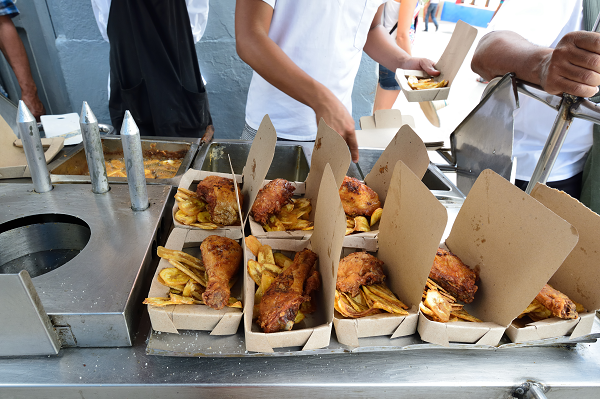
Map of Must-Visit Food Stalls
- El Malecón: Along Havana’s iconic seawall, you’ll find vendors selling everything from chicharrones (crispy pork cracklings) to tamales (steamed corn dough filled with savoury goodness). Grab a snack, sit by the ocean, and watch the waves.
- La Rampa: This bustling avenue in Vedado, Havana, comes alive at night. Follow the aroma of lechón asado (roast pork) and join the locals for a late-night feast.
- Cuban Sandwich The traditional Cuban sandwich typically consists of roast pork, ham, Swiss cheese, pickles, and mustard pressed between Cuban bread. It’s a popular and iconic sandwich that is easy to eat on the go, making it a perfect fit for street food culture.
- Plaza de Armas: In Old Havana, this historic square hosts a daily book market—and nearby, you’ll discover stalls selling yucca fritters, fried plantains, and coconut water straight from the husk.
- Trinidad’s Cobblestone Streets: Wander through Trinidad’s UNESCO-listed streets, where vendors offer empanadas, corn on the cob, and sugar cane juice.
Tips for the Ultimate Street Food Experience
- Be Adventurous: Cuban street food is all about variety. Don’t shy away from trying something new, whether it’s a marinated ceviche or a sweet mamey sapote smoothie. Each bite is a chance to experience the local cuisine.
- Ask the Locals: Want to know where to find the best Cuban sandwich? Ask a local. They’ll point you to places that might not be in the guidebooks but are definitely worth the visit.
- Safety First: While indulging in street food, remember to eat at stalls where you can see the food being prepared and opt for items cooked to order.
Final Thoughts
Cuban street food is more than just a quick meal; it’s a vibrant expression of the island’s soul. Each bite tells a story of resilience, creativity, and community. These dishes, crafted from simple ingredients, reflect the island’s rich cultural tapestry and its people’s zest for life.
Cuban cuisine has evolved through times of plenty and hardship, always finding ways to delight the palate. Street food vendors, with their colorful carts and sizzling grills, are a testament to this resilience. They innovate with what they have, turning the ordinary into the extraordinary. It’s this spirit that makes Cuban street food a true culinary adventure.
Disclosure: Our blog contains affiliate links to products. We may receive a commission for purchases made through these links. However, this does not impact our reviews and comparisons. We try our best to keep things fair and balanced, in order to help you make the best choice for you.
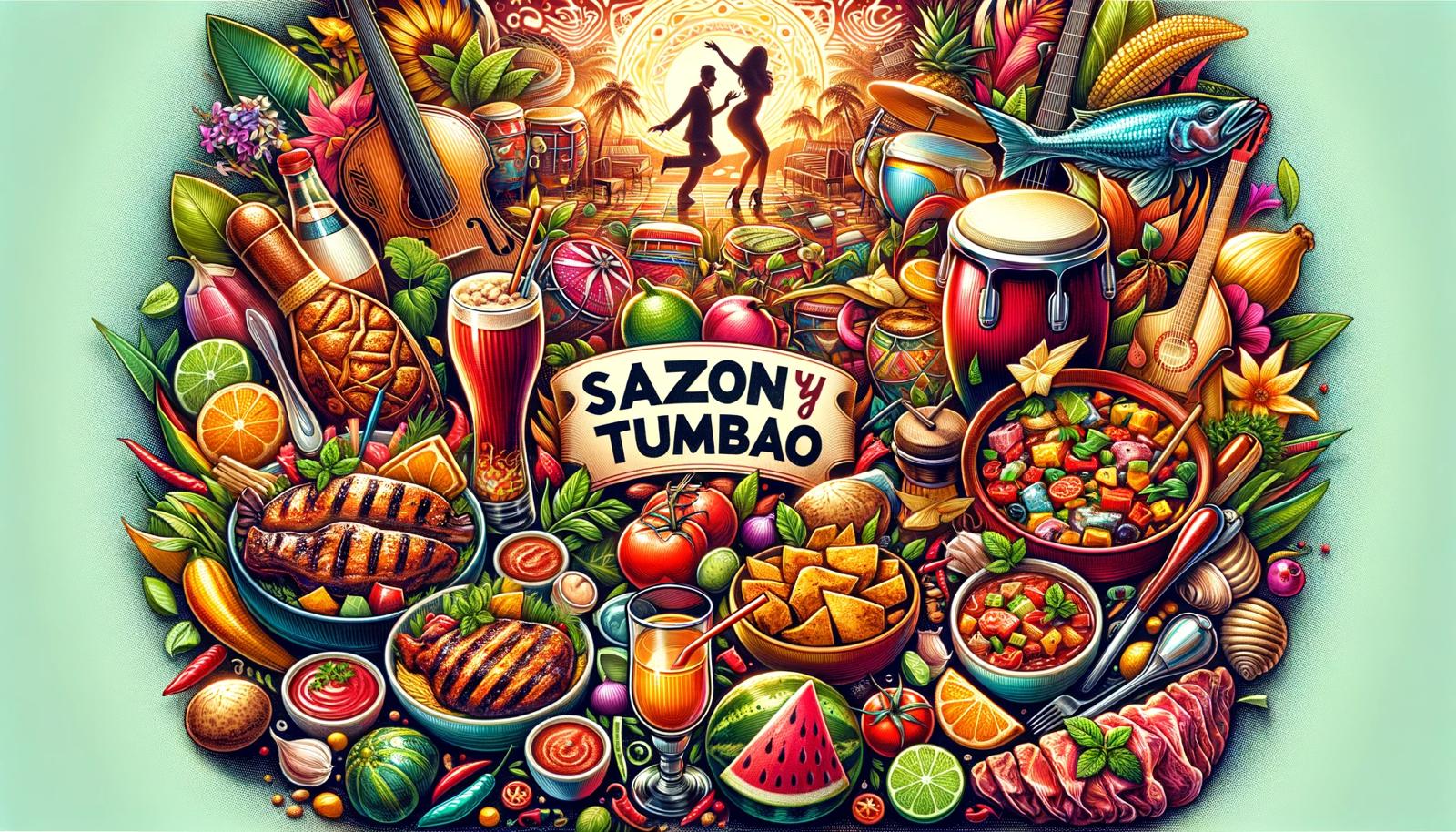

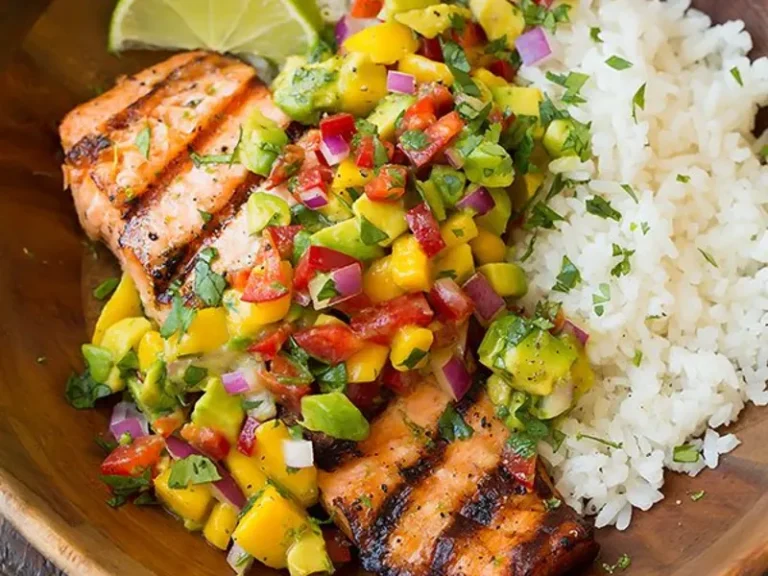
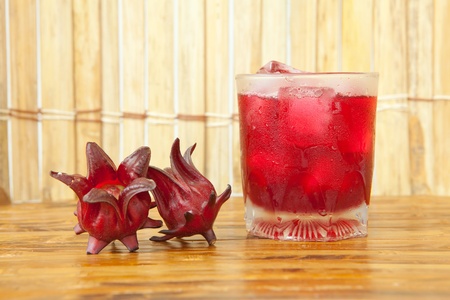




4 Comments